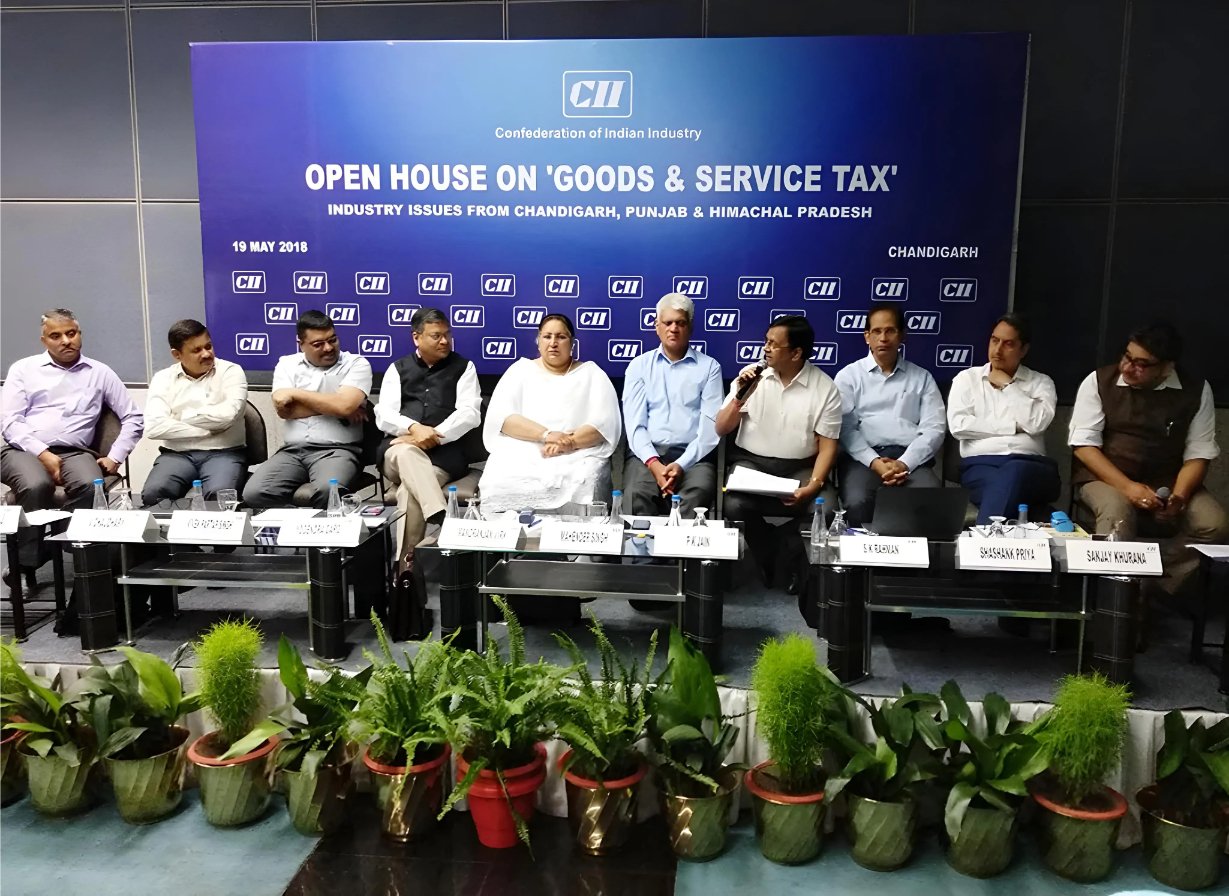Not too long ago stroke, also known as brain attack, was considered untreatable. With the development of a magic drug t-PA (tissue plasminogen activator) it became possible for a patient to survive the attack even after three hours, later improved to four and a half hours. Very recently, the medical fraternity has formally adopted a modality, whereby clots which obstruct the passage of oxygen and nutrients to the brain and neurons can be mechanically extracted within 24 hours, drastically curtailing chances of mortality, paralysis and permanent disability among people suffering from brain attack. Dr. Sandeep Sharma, Head, Department of Neurointervention and Interventional Radiology, Fortis Hospital, Mohali, on Thursday presented before media persons two recent patients who have recovered to near normal activity within weeks of undergoing this modality after suffering a stroke.
Senior citizen Gursharan Singh, a resident of Phase II, Mohali, had experienced a tingling sensation on the tips of his fingers, which was ignored. He later collapsed at work and was hospitalized with distortion of the mouth and hands. He underwent the mechanical modality called DIFFUSE 3 after it was found during advanced screening that he had an artery blocked by a clot. He was discharged within a week, and is today quite comfortable with minor traces of remaining distortion of the mouth and hands, for which he is undergoing physiotherapy.

Photo By : Life In Chandigarh
Tushar, a marketing professional from Ambala in his early 30s, belongs to a family of doctors. He noticed weakness of the right side of his body when he woke up one day and was unable to move his limbs normally. The family panicked and it took them several hours to reach Fortis Hospital Mohali after approaching a local hospital and then being referred by Government Medical College & Hospital-32, Chandigarh.
Following investigations, a decision was taken to remove the clot, which was done around midnight. The patient was discharged in three days with advised follow-up over the next two months. Even with residual patches in the brain, he has no residual occupational or physical abnormality and is doing well. His risk factors like blood pressure, sedentary lifestyle, and lipid profile have been modified and he is leading an active life.
Dr. Sandeep Sharma informed that there is no defined age for occurrence of stroke. Childhood strokes are known to have happened, through the risk factors increase with advancing age.
He said sudden weakness or numbness on one side of the body, sudden confusion of the mind, speech difficulty, unsteady walk, loss of balance or coordination, dizziness, loss of consciousness… any or few of these could be symptoms of a stroke. If the stroke is hemorrhagic (bleeding in the brain), which is not very common, accounting for an estimated 15% of the stroke cases, then the patient reports severe head ache, while in the case of ischemic stroke (blockage of blood vessel in the brain), which is most common (85% occurrence), the condition is rather painless.
The major risk factors of stroke are hypertension, cardiac diseases, diabetes mellitus, hyperlipidemia (abnormally high levels of lipids like cholesterol), cigarette smoking and alcohol consumption.
Risk Factors
Risk factors for stroke are broadly classified into non-modifiable and modifiable risk factors. Non-modifiable risk factors include age (risk of stroke doubles for each decade after the age of 50 years), gender (men are at higher risk compared to women; the death rate due to stroke is higher among women), ethnicity (African-Americans, Asians and Hispanics are at greater risk and higher death rate compared to Caucasians) and heredity (cardiovascular disorders run among families).
Modifiable risk factors include hypertension, cardiac diseases, diabetes mellitus, hyperlipidemia, cigarette smoking, alcohol consumption, lifestyle factors (obesity, physical inactivity, diet and stress) and glucose intolerance.
rn
Prevention Of Stroke
rn
rn
About 80% of the first time stroke cases can be prevented by making suitable lifestyle changes and management of potential risk factors. Early detection is the prime criterion for the successful management of stroke. Moderate exercise of up to 30 mins for 5 days/week reduces the risk of stroke. Patients must be advised to curb cigarette smoking and limit the consumption of alcohol as they directly increase the chances of developing stroke. Blood pressure and blood sugar levels must always be kept in check. Consumption of healthy fruits and vegetables and reducing the amount of fats and red meat in diet greatly improves the chances of stroke survival. Yoga and physiotherapy are advised to strengthen the lower extremities in stroke patients.
Stroke is the largest contributor for physical disability in elderly patients. Early rehabilitation is very important in stroke patients. The patient’s caregivers must take precautions in explaining the risk of the disease and suitable steps for managing the stroke to patients. Regular physician visits and clinical check-ups reduce the chance of occurrence of stroke and reduce the burden on patient’s caretakers.

